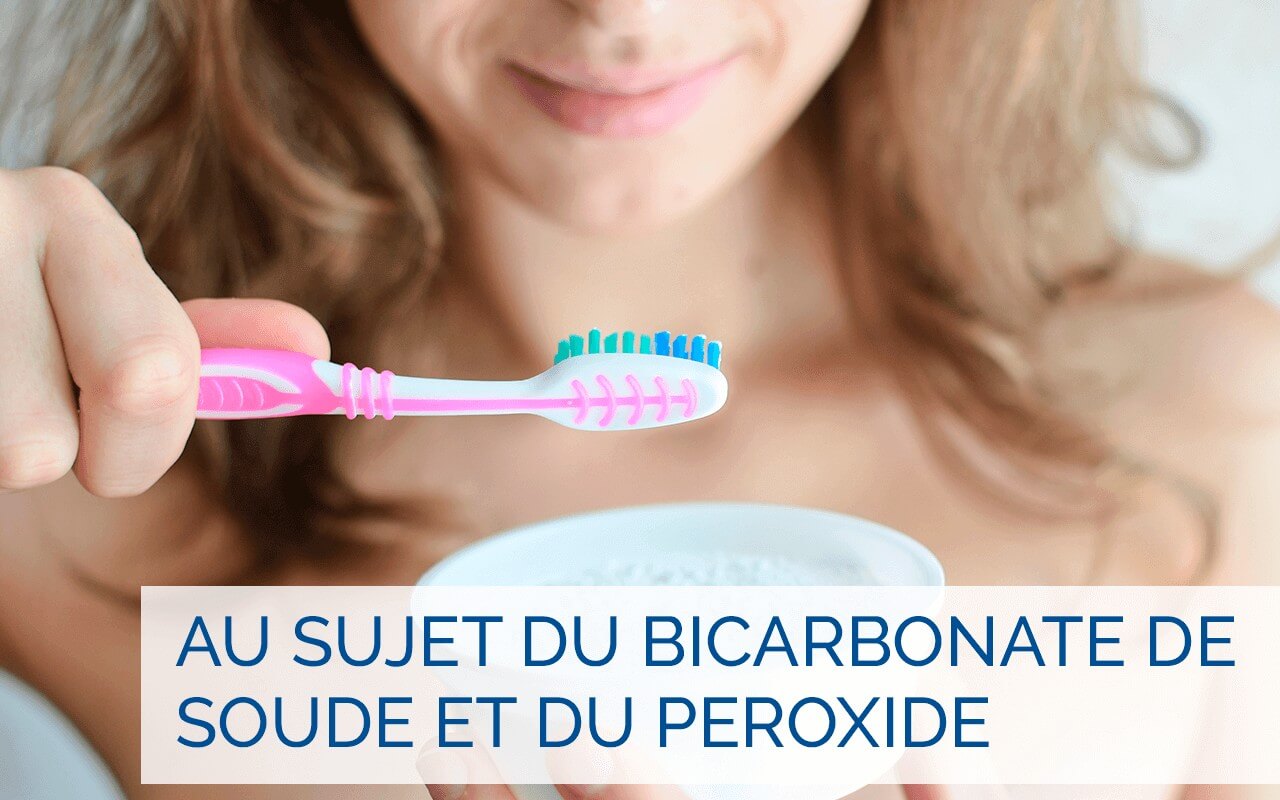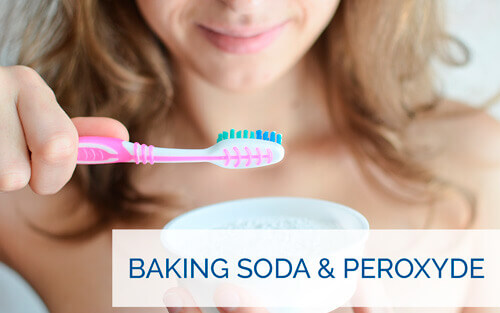baking soda & peroxide
CAP position on Keyes technique
In the late 1970s an oral hygiene program called the Keyes technique was widely promoted as a nonsurgical alternative for treating advanced periodontal disease (pyorrhea)*.
The technique includes:
- Microscopic examination of the plaque.
- Cleaning the teeth and gums with a mixture of salt, baking soda and peroxide.
- Use of antibiotics.
As in any medical field, treatment approaches vary according to the condition being treated. The Keyes technique attempts to treat all periodontal conditions the same way. This brings some risks and limitations:
Bacterial monitoring using a phase contrast microscope is a technique sensitive, inaccurate and outmoded technology, which does not accurately differentiate between bacteria associated with a healthy periodontal environment and that associated with aggressive periodontal disease.Local therapy, consisting of scaling and root planing (deep cleaning) has always been part of conventional periodontal therapy.
However numerous studies, short and long term, have shown that the adjunctive use of baking soda and hydrogen peroxide have not demonstrated any particular added benefit over conventional techniques.
The use of systemic antibiotics in conjunction with root planing has shown minimal or no added value over local therapy alone in treating adult periodontitis. In addition, the possible minor benefit would only be of short duration and the use of antibiotics significantly increases the chances of developing bacteria resistant to many antibiotics.

